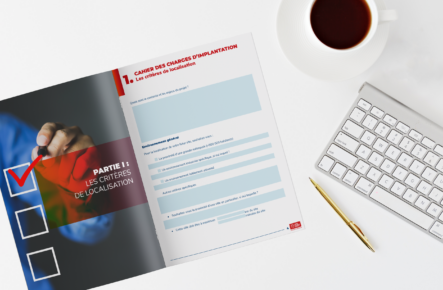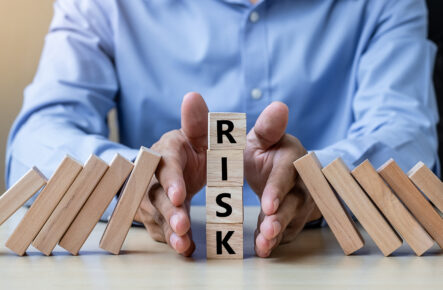Qualitative criteria for setting up your new venture
While financial criteria can be captured in a spreadsheet, qualitative criteria have subjective elements that depend on the eye of the beholder. The ideal solution is to create a project team of two or three people who can contribute different perspectives and different solutions.
Qualitative criteria include at least six different areas:
1. Site’s overall environment
- The political and social context is the first qualitative criterion to consider because it is important to anticipate potential risks of regime changes or political instability that could jeopardize your business.
- The monetary stability needs to be analysed. Indeed, a strong inflation causes uncertainty and affects businesses. Deflation also affects companies’ business activity.
- It is also important to into account the way the « Made in… » of the country is perceived internationally, especially if you are planning on exporting beyond national borders.
- The durability of the site will determine the success of your setting-up project. As such, you need to analyse the risks of natural disasters when considering locations.
- Last but not least, a setting-up project means working with the host country’s administration. As a result, it is important assess the reliability and efficiency of public administration.
2. Availability and quality of labor
You need to ensure that in the region where you are based you will have graduates trained in your business. It is not only a question of finding employees today but also in the medium and long term. It is therefore essential to ensure that there are relevant programmes for your business sector.
Be absolutely sure that your location will give you access to the skills and human resources you’ll need to grow your business. As you research potential locations, ask yourself how many qualified workers will be immediately available or could be trained to do the work you need.Find out the overall number of jobseekers in the area and ask about the number of employees in your industry. It is important to choose an area with a real culture of your industry.
Once again, you can get this information from local organizations. They can provide information on the qualification level of workers in their region and local training centers.
You should also evaluate the flexibility of local labor laws.
3. Infrastructure quality
In order to successfully conduct your setting-up project, analysing the quality of the infrastructures necessary to your project is important.
The ideal site needs to guarantee efficient logistics. Whether it’s about raw materials or semi-finished goods’ supply or about distributing finished goods to retailers or consumers, quality and diversity of transport infrastructure is crucial.
The CSR challenges are becoming more and more important. Its affects the brand’s overall reprutation as well as the employer brand. As such, you have to consider CO2 emission from electricity generation.
The stability of electricity supply is essential for the durability of your business. Be aware of the reliability of the electricity network.
Last but not least, the quality of telecommuciation networks should also be taken into account. Good network coverage is an essential element and high speed is an undeniable advantage.
4. Business ecosystem and innovation potential
A seeting-up project means choosing a location but also joining an existing ecosytem.
It is wise to get information regarding the density of suppliers and subcontractors potential. Your company will thrive if it has access to reliable partners capable of answering to your needs.
R&D is also a major competitive advantage. It is important to know beforehand if you can rely on local R&D centers or if on the other hand you need to internalise it.
Support from local and national authorities is necessary for your business. Support for a specific sector can also be a great opportunity.
5. Quality of life
The quality of life should not be neglected as well.
The presence of international schools is important, especially if you need have foreign employees in your staff. For them to thrive, they and their families need to find a supportive environment.
The quality of the local health care system is also important to attract talents to a foreign country. Employees will be reluctant to move to a country with a poor healthcare system.
The cost of real estate is also important, whether it’s about renting or buying. You will need to find a location that offers a good balance between an attractive area (with services, schools, shops, etc.) and the housing costs for your future employees.
Finally, air quality is becoming increasingly influential. The AQI (Air Quality Index) standard is used to assess the air quality of a location.
6. Openness to the world
The international openness of a location is a necessary criterion when conducting an international development project.
You need to travel regularly between the future subsidiary and your headquarters or other group entities. The presence of close and fast air and rail links will be an asset.
The presence of companies with the same nationality can reassuring for a foreign company. It is not always easy to be an expatriate in a country you know little about, with a very different culture. The presence of expats can help to avoid “homesickness”.
The satisfaction rate of foreign companies already present is also a good indicator. Gathering their feedbacks regarding the location will help you in your decision.
Last but not least, easy access to visas and residence permits for expats is important to consider. Collaboration between expats and locally recruited employees is obviously a key to success. The company culture and the transfer of work processes come from the expats. As such, remember to check the conditions and deadlines to obtain visas and residence permits.

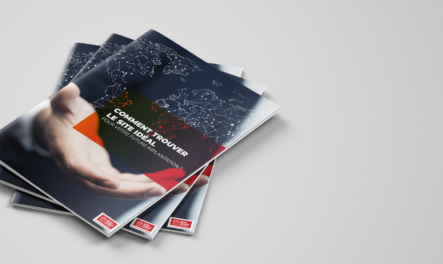
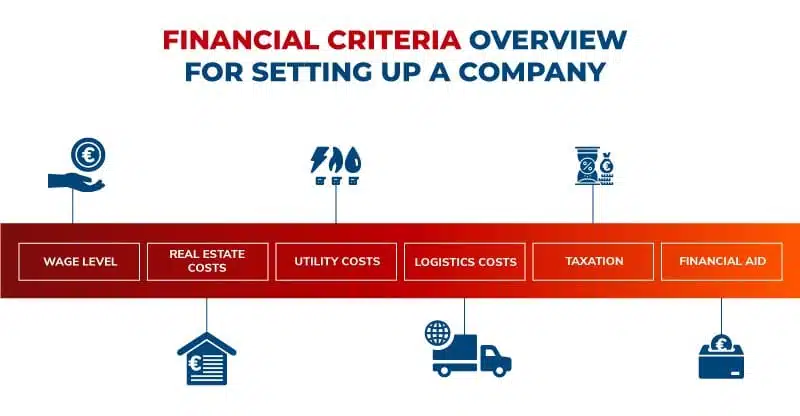
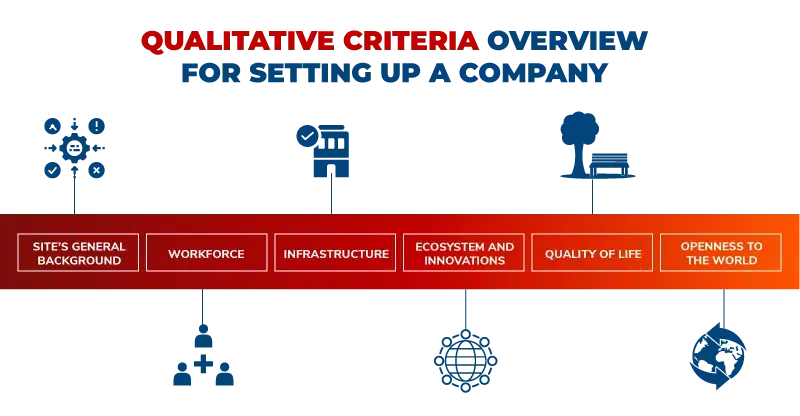
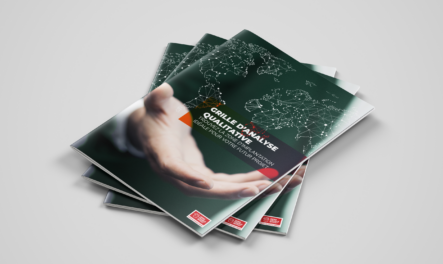

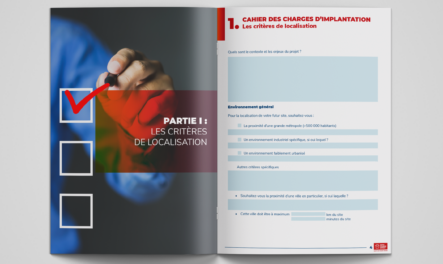

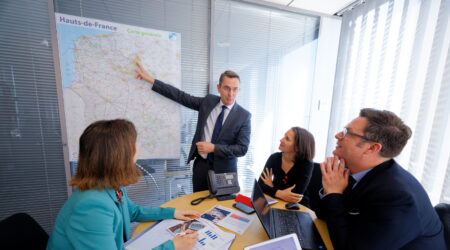
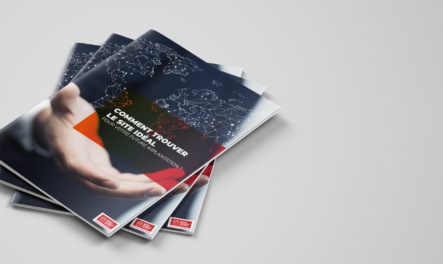
![[TEMPLATE] How business location specifications can make or break your new venture](https://www.nordfranceinvest.com/wp-content/uploads/2024/01/mockup-cdc-site-ideal-ouvert-bureau-fr-aspect-ratio-443-290.png)



